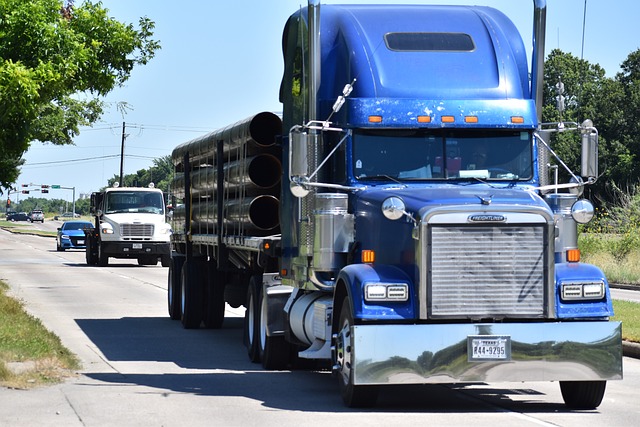In today's dynamic economy, there's a growing demand for personalized and affordable physical damage insurance tailored to diverse communities' unique needs. Traditionally underserved groups are at the forefront of this push, aiming for universal access to protection against property damage, natural disasters, and accidental losses through customized plans. Insurers can play a crucial role in community development and economic growth by collaborating closely with local stakeholders to design innovative coverage options addressing specific risks. Building strong relationships focused on trust and mutual understanding is vital, ensuring businesses gain competitive, tailored physical damage insurance solutions enhancing their risk management capabilities. Success is measured through KPIs like plan implementations, adoption rates, customer satisfaction, premium revenue, and claims settlement rates.
In today’s competitive landscape, fostering collaboration with insurers is pivotal to securing tailored affordable plans for individuals and businesses. With the ever-evolving risk environment and increasing demand for comprehensive coverage, especially in areas like physical damage insurance, traditional models are being challenged. This article explores strategies to strengthen partnerships with insurers, focusing on understanding mutual needs, effective communication, and measuring success through collaborative initiatives that drive accessibility and affordability without compromising quality.
Understanding the Need for Tailored Affordable Plans

In today’s dynamic economic landscape, individuals and businesses alike are seeking affordable and accessible solutions for their physical damage insurance needs. The traditional one-size-fits-all approach often fails to cater to the unique risks and circumstances faced by diverse communities. As such, there is a growing recognition of the imperative to forge tailored partnerships with insurers, enabling the creation of customized physical damage coverage plans that are both economical and comprehensive.
This shift is particularly pronounced among segments of society historically overlooked or underserved by conventional insurance offerings. By collaborating closely with insurers, we can address these gaps, ensuring that everyone has access to protection against unforeseen events such as natural disasters, property damage, or accidental losses. Such collaboration fosters a more inclusive and resilient society, where financial security is not a privilege but a right, accessible through thoughtfully designed physical damage insurance plans.
The Role of Insurers in Creating Collaborative Partnerships

Insurers play a pivotal role in fostering collaborative partnerships aimed at securing tailored, affordable physical damage insurance plans. By embracing a more engaged and proactive approach, insurers can move beyond traditional risk assessment models to become key contributors in community development and economic growth. This shift involves understanding the unique needs of diverse communities and working closely with local stakeholders to design innovative coverage options that meet specific challenges, such as natural disasters or regional economic downturns.
Through these partnerships, insurers gain valuable insights into market gaps and emerging trends, enabling them to adapt their products and services accordingly. Simultaneously, they contribute to building resilient communities by providing financial protection that encourages responsible risk management and promotes sustainable development. This collaborative approach ultimately benefits all parties, ensuring that physical damage insurance is not just a transaction but a powerful tool for fostering stability and prosperity.
Strategies for Effective Communication and Relationship Building

Building strong relationships with insurers is key to securing tailored, affordable physical damage insurance plans. Effective communication strategies are essential for navigating complex insurance landscapes and ensuring that policies meet specific needs. Regular, transparent dialogue allows for a deep understanding of each other’s goals and challenges. This includes clear articulation of risk assessment criteria by insurers and active listening to the unique circumstances of clients.
Relationship building involves fostering mutual trust and respect. It means creating an environment where clients feel heard and valued, encouraging open feedback loops, and demonstrating a commitment to long-term partnerships. By prioritizing these connections, businesses can secure more customized physical damage insurance solutions that offer adequate coverage at competitive prices, ultimately enhancing risk management capabilities.
Measuring Success: Evaluating the Impact of Collaborated Initiatives

Measuring success is a vital aspect of evaluating the impact and effectiveness of collaborative initiatives between businesses and insurers. When it comes to fostering partnerships for tailored affordable physical damage insurance plans, several key performance indicators (KPIs) can be employed to gauge progress and outcomes. These metrics ensure that both parties remain aligned with shared goals and demonstrate the value of their collaboration.
One primary measure is the number of successful plan implementations and the subsequent uptake by target audiences. By tracking the adoption rates and customer satisfaction levels, insurers and businesses can assess the market’s response to the collaborative efforts. Additionally, analyzing financial data, such as premium revenue generated and claims settlement rates, provides insights into the economic viability and stability of these initiatives.
By fostering collaborative partnerships with insurers, communities can navigate the complex landscape of physical damage insurance to create tailored, affordable plans. Through open communication, relationship building, and shared goals, these collaborations empower residents to protect their assets and build resilience against future risks. By measuring the success of these initiatives, we can ensure that efforts are effective and adaptable, ultimately enhancing community preparedness and financial security.
